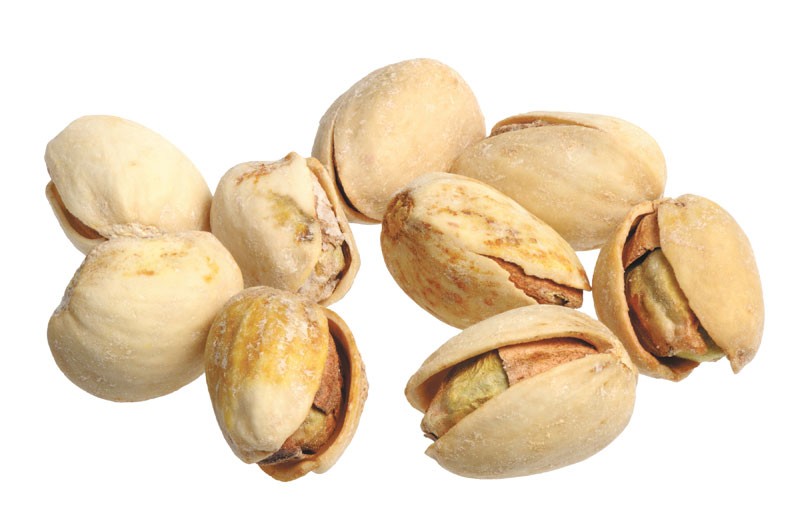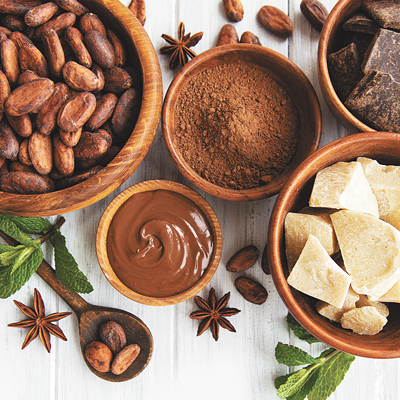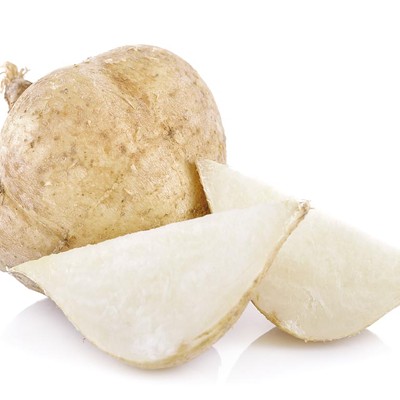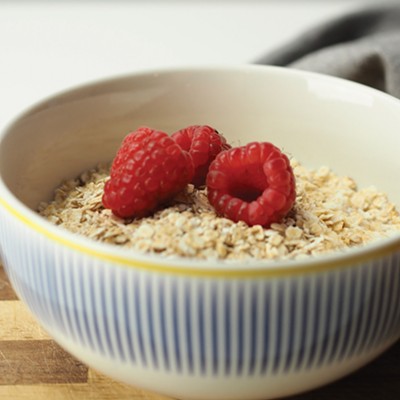“Let’s see: Seeds. Seeds. Seeds and nuts. Nuts. Nuts. Seeds.” Allison Collins paces the cold case at the front of her new Spokane cafe, Boots, pointing out the items that contain a pistachio or a pumpkin seed, a flax seed egg replacement or some cashew butter. She points to almost every item in the case.
“When people tell me they have a nut allergy,” Collins says, her face stretching into a wry smile, “I say, ‘You may not eat here!’”
Above the register is a chalkboard with a quote that changes daily. Some days the board carries a piece of timeless wisdom. Today it reads, “Blah blah bla bla blah,” which the board attributes to “Yadda Yadda.”
Boots is not a place that has a lot of rules, in other words, but it does have a couple guiding principles. Collins has taken pains to make the food here almost entirely vegan. Much of what they offer is also gluten free. (They do an egg frittata to satisfy ovo-vegetarians and have milk for people who need a little cow in their coffee.)
And because Boots does not do any meat, almost no dairy or eggs, and very little gluten, Collins has learned to lean on nuts and seeds. Because of their high fat and protein content compared with other plants, she says flax makes a good substitute for the binding ability of eggs, and cashews are a good replacement for the creaminess of dairy. (They also taste good.)
“People feel like we should cater to the nut-free because we cater to vegan and gluten free,” Collins says, “but at some point you have to have flavor. And texture.”
Nuts are delicious, but they’ve been suspect in popular culture since the first low-fat diet. Seeds have, too, though to a lesser extent. Craig Hunt, a Spokane nutritionist and dietitian, says as a culture we decided to cut out all fats without understanding the nuances.
In some cases, he says, cutting fats makes people fatter. “When people eat excess carbohydrates, their bodies produce excess insulin,” Hunt says, If you produce more insulin than you use breaking down carbs, you crave more carbs to get rid of the insulin. That’s one reason for the low-carb craze. But that, too, has its drawbacks.
“We played this game to eat just low-fat or low-carb without concern for, ‘Are these foods nutrient dense? Are they high in fiber?’” Hunt says. “I think, for a long time, people wanted only one message.”
That has begun to change, but it’s a slow process that fights conventional wisdom and our own evolving understanding of how different foods function to fuel our bodies. Hunt says that, in general, plant fats like nuts and seeds have more benefits and fewer downsides than animal fats, but our understanding of all this stuff is still embryonic.
“We’re just beginning to understand how the nutrients in plants keep them healthy and vital,” Hunt says, “and how, when we eat them, we become more healthy and vital.” He sees the ship of public perception slowly turning, though, guided by emerging science. He calls a holistic approach to nutrients — not just fat and carbs and protein, but vitamins and minerals and, vitally, water — “the next mass awarenesses we’re going [toward].”
That mass awareness may be sped along by a pair of recent studies, one on pistachios and one on almonds, that found we digest up to 32 percent less fat from nuts than we previously thought.
David Baer, a senior research physiologist at the USDA, who participated in the almond study, says this has to do with the way plants are built at the cellular level. “[Plant] cells are surrounded by a cell wall,” Baer says, “that’s where the fiber is. All the nutrients and the fats are in there.” Humans don’t have the right gut enzymes to digest the cell wall, so we have to “break down that wall by chewing or grinding it.” We tend to chew incompletely and hastily, though, and Baer’s study found that people who ate almonds were actually absorbing 32 percent less calories and fat than scientists previously thought. In pistachios, we absorb about 5 percent less.
Baer says that incompletely digesting fats also means that we’re missing parts of all the other nutrients, but that the study showed nuts still had a positive effect on vitamin E and LDL cholesterol levels. “So we’re not getting 100 percent [of nutrients],” he says, “but we’re getting enough to see increases.”
Baer says nuts have an interesting and unique nutritional profile that other foods don’t. “[Nuts are] all a little bit different, but they’re all a very good source of nutrients.” he says. “For people who may be reluctant to consume nuts because of the calories, I think [the almond study] is good news.”
Craig Hunt thinks we pay too much attention to calories in general. We can’t overlook them completely, he says, but we need to begin paying a lot more attention to nutrient density.
For nutrient density, it’s literally impossible to beat nuts and seeds.
He’s particularly bullish on flax seeds. “They’re extremely nutrient dense and a great source of soluble fiber,” Hunt says. “I could go on and on about flax seeds.”
Nick Murto could go on about flax, too. And about good fats. “Flax has a lot,” he says, “Hemp seeds. Sachi inchi seeds. Chia seeds. They all have a ton of omega 3s” — fatty acids that are said to aid brain function and reduce the risk of heart disease, cancer and arthritis.
Murto is a vegan “97 percent of the time,” so he needs the fat and protein nuts and seeds have in abundance. He’s a principal with Seven2 Interactive, a Spokane web-design and media company, so he is always looking for something to aid brain function.
And he’s also the owner of the new West Riverside juice bar Method Organic Juice Cafe, so he’s banking that, among other things, Spokane is ready to take a second look at nuts and seeds as part of a business model that is vegan and mostly raw.
Murto says he never planned to open a juice bar, but he felt so good after cutting gluten, caffeine, meat, processed sugars and alcohol during a 30-day juice fast (he eventually brought back some of the alcohol), he started thinking about opening a place that would take a holistic approach to nutrition.
It’s still too soon to tell, but after good early buzz from juicing demonstrations at the Lulu Lemon grand opening and internet hype that spread as far as Spokie expats living in Cologne, Germany, Method soft-opened in early August and, by the end of its first week, sales had tripled.
“I think there’s a shift about how people think about their health,” Murto says. “People are caring a lot more.” And although he lost a bunch of weight when he went vegan, Murto agrees with Hunt that being healthy needs to be about a lot more than counting calories. “It’s not just low-fat or low-sugar or no-carb,” he says. “It’s balance and moderation in everything.”
Method offers a dense and filling Chia-seed pudding (Hunt considers Chia the next superfood), and a protein smoothie that’s packed with peanut butter. Neither of these is a low-calorie option. The smoothie, Murto says, “gets up there — almost 600 calories. You can’t do four of those a day.” There’s room for one, though, as part of a balanced, nutrient-rich diet.
Except: don’t say “diet.”
“I don’t like the word diet,” Murto says, laughing a little. “It’s more like a ‘lifestyle,’ right?”





















